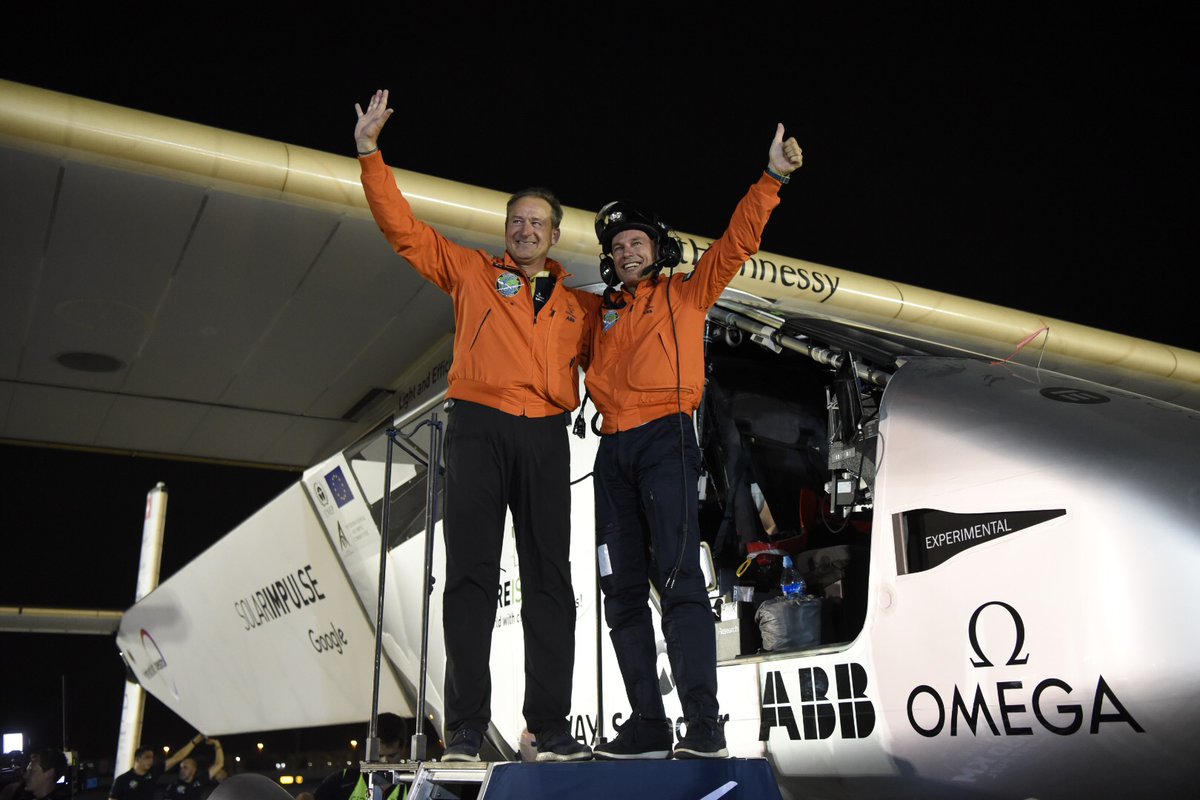As reported by Fortune: Reusable rockets, and cheaper space flight, just got much closer.
On Thursday, SpaceX conducted a full-duration test-firing of a Falcon 9 rocket. The video doesn’t look too special (except that it’s a spacecraft strapped to the ground and shooting fire), but this is a first-of-its-kind event, because this particular rocket has already been to space.
This is the so-called first stage of the rocket, which provides the bulk of the thrust to push payloads into space. Until SpaceX came along, rockets’ first stages simply splashed back into the ocean after launch, becoming, essentially, very expensive trash. But just a few months ago, SpaceX accomplished the mind-boggling feat of vertically landing a booster, intact, on a barge in the ocean. It had landed a rocket on dry land before, but the barge landing was more significant because it provides much more flexibility in launch planning.
SpaceX has said the actual launch of a recovered rocket stage will happen in September or October of this year. They didn’t release any information from this test firing, but such tests are of course key to making sure that eventual re-launch goes according to plan. They have previously test-fired a rocket recovered from a ground landing for a two-second burst, which was enough to reveal irregularities in one engine.
This time, the three-minute burn was about what it would have taken to get the rocket back into space.
The rocket seen firing above was actually the second successfully landed at sea, back in May. It was originally used to launch a Japanese communications satellite, JCSAT-14. Notably, that launch took the stage higher than in the April launch, exposing it to greater speed, stresses, and heat. That means re-using it would constitute a better test of the viability of SpaceX’s process.
The rocket seen firing above was actually the second successfully landed at sea, back in May. It was originally used to launch a Japanese communications satellite, JCSAT-14. Notably, that launch took the stage higher than in the April launch, exposing it to greater speed, stresses, and heat. That means re-using it would constitute a better test of the viability of SpaceX’s process.
However, there’s a wrinkle here—just two weeks ago, SpaceX vice president Hans Koenigsmann announced that the first rocket that would be re-used would be the stage recovered from the April mission, designated CRS-8. The fact that they’re testing the JCSAT stage suggests they’re getting both rockets ready for re-use, with the JCSAT stage coming back from the dry cleaners’ first (so to speak).
We do not yet have much insight into details of the recovery process—how much needs to be replaced on the rockets, for instance. But it looks like it took about three and a half months to get the JCSAT stage back on the launch pad. This has never been done before, so there’s nothing to compare it to, but that turnaround does suggest a labor-intensive process. As that process gets refined, time and cost will almost certainly go down.
And lowering launch cost is the key to Elon Musk’s long-term master plan. No, not the master plan for renewable energy and clean transportation. The other master plan—to colonize Mars.














 As
As 








